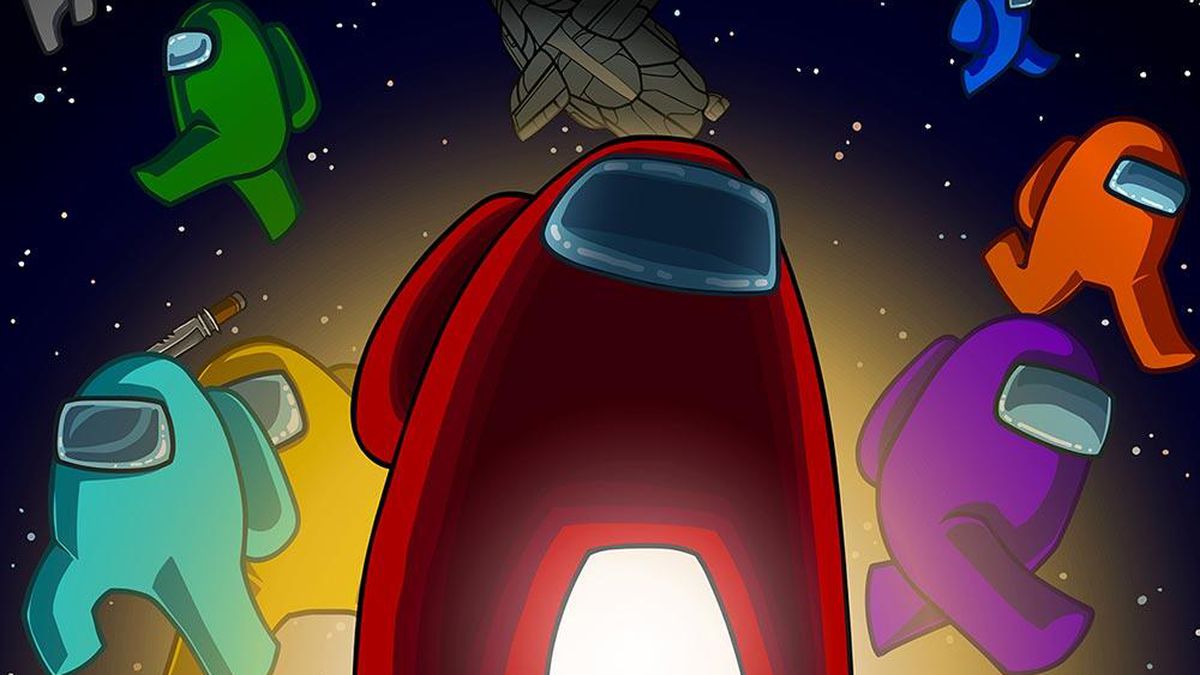Table of Contents Show
It’s been a long year, and for many people, it’s been a tough one. In addition to the political and health-related stressors of 2020, quarantine keeps people more isolated from one another than ever by restricting access to their social circles and other support systems. It’s no wonder that peoples’ mental health appears to be declining across the board.
Yet even with all this going on, a handful of video games have taken the internet by storm this year, capturing public attention. From “Animal Crossing: New Horizons” to “Among Us,” these games span different genres, tones, and playstyles. In tough times, people often take solace in the few bright spots available to them. With so many people trapped indoors for so long, gaming (which may, according to research, have mental health benefits) has become one way that many people are handling the emotional and psychological stressors of the situation. Playing these games provides a unique source of escapism that we seem to need now more than ever.
The Simple Charm Of “Animal Crossing: New Horizons”
On March 20th, 2020 — not long after much of the globe began to lock down — “Animal Crossing: New Horizons” was released. It was the first game that really took off during the pandemic era. Like its predecessors, “Animal Crossing: New Horizons” is a life simulator where you assume control of a town — in “Animal Crossing: New Horizons,” an island — and help develop it. Players do so through various tasks, including building structures, planting flowers, and encouraging others (cute anthropomorphic animals) to move to and live in your simulated community.
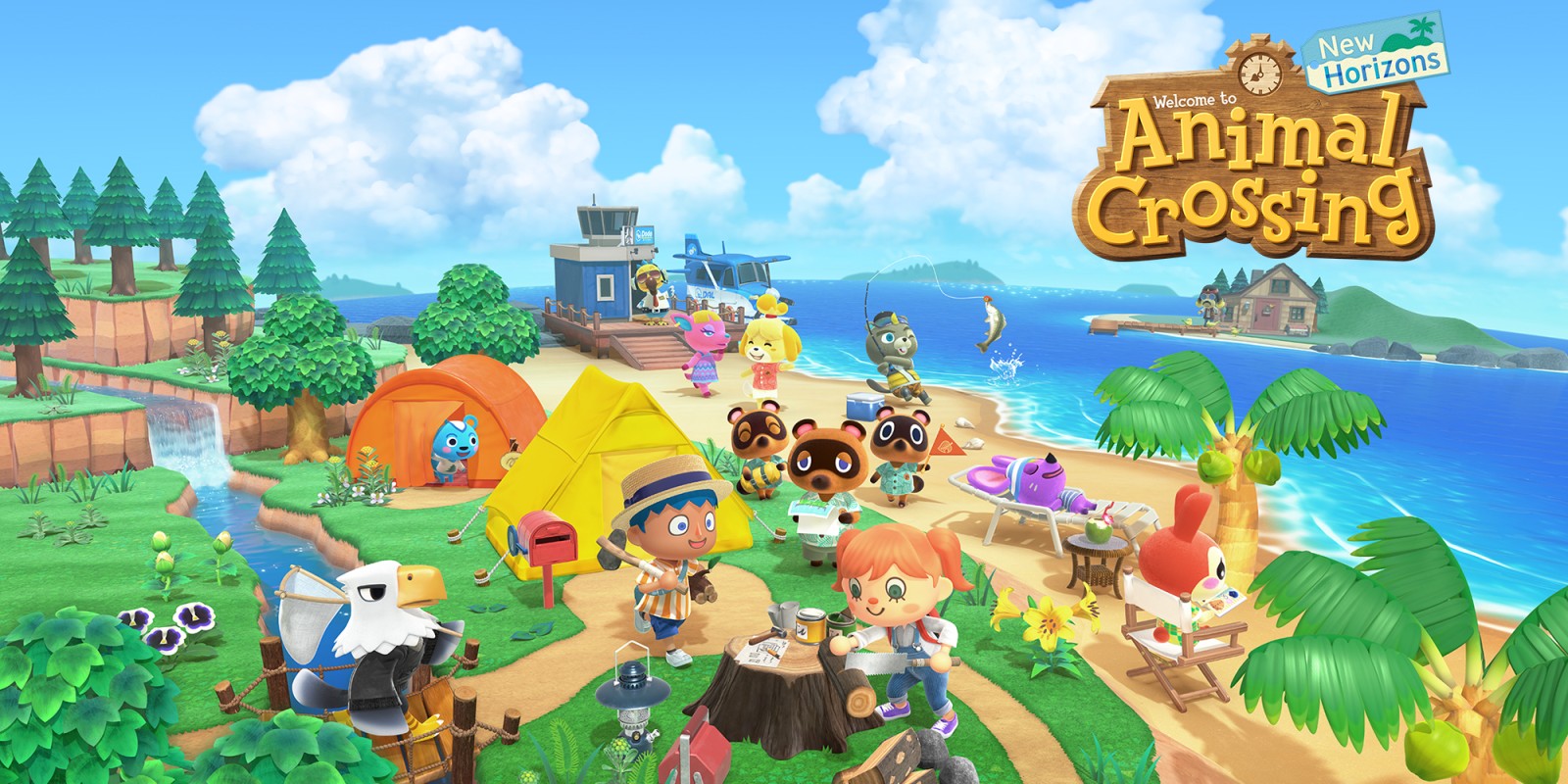
In “Animal Crossing: New Horizons,” you can fish, swim, shop, terraform your island, and bond with your villagers. There are a gift-giving function and unique dialogue matched to suit the villagers’ “personalities.” They’ll even notice when you’ve been absent for an extended period of time. The game is full of peaceful music and cute animated characters (even those oft-reviled on the internet for having “bad” designs can have their own sort of charm).
“Animal Crossing: New Horizons” also allows players to visit each other’s islands, either through local play or online play, though the latter requires a Nintendo Switch Online subscription. “Animal Crossing: New Horizons” has very little in the way of plot progression. The player is driven primarily by the advancement of their island, from incentivizing K.K. Slider to come to perform there to constructing buildings and paths to upgrading the player’s own house — not to mention paying off all the debt that comes with it!
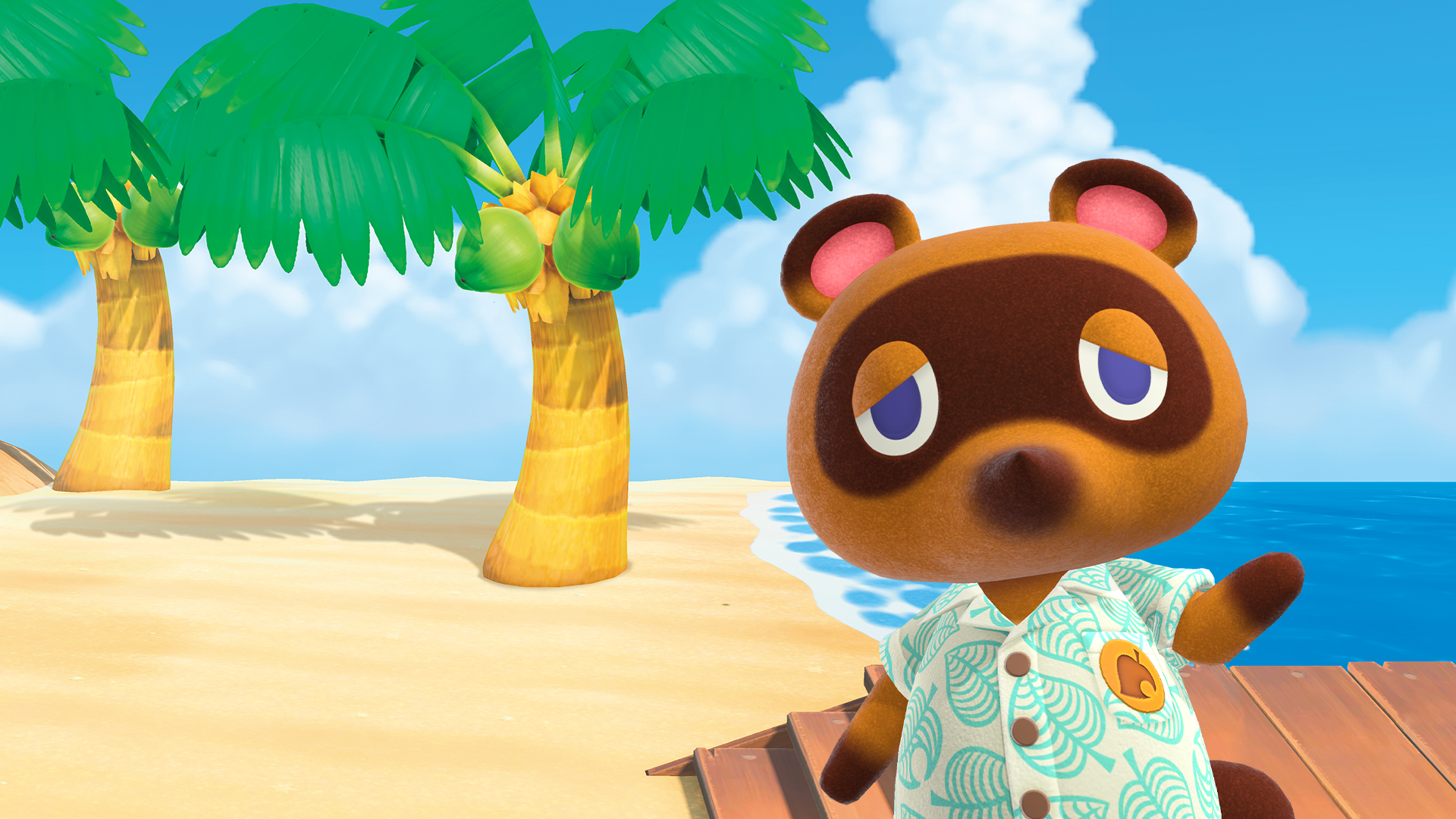
To an extent, the appeal and popularity of “Animal Crossing: New Horizons” after its release was a matter of timing. It was one of the first major games to come out after lockdowns began, and many people stuck in quarantine likely found themselves with a lot more extra time on their hands. Considering the “Animal Crossing” franchise’s existing popularity, it’s not really surprising that the newest installment drew so much attention.
But the way that “Animal Crossing: New Horizons” seemed to resonate with so many people this year is arguably due to more than a well-chosen release date and good reputation. “Animal Crossing: New Horizons” provides a legitimate and enjoyable means of escape. Its premise is a fundamentally relaxing and exploratory one — a sharp contrast to the rest of the world, particularly at the time. Additionally, the pace of “Animal Crossing: New Horizons,” as with most “Animal Crossing” games, is largely driven by the player. The peaceful atmosphere draws players in, and the cute characters — and the bonds that players form with them — keep most people coming back.
Deduction And Deception In “Among Us”
Existing in sharp contrast to the slow, steady, and calming nature of “Animal Crossing: New Horizons,” “Among Us” is a more competitive and quick-paced experience. “Among Us,” one of the more recent gaming sensations of the year is playable on mobile or on desktop and bears a resemblance to the party game Mafia or the online game Town of Salem. It is a multiplayer-only game, able to support up to ten players in any given match. You can choose from a small variety of maps and play as a simply-drawn avatar that can be customized via color and headwear.
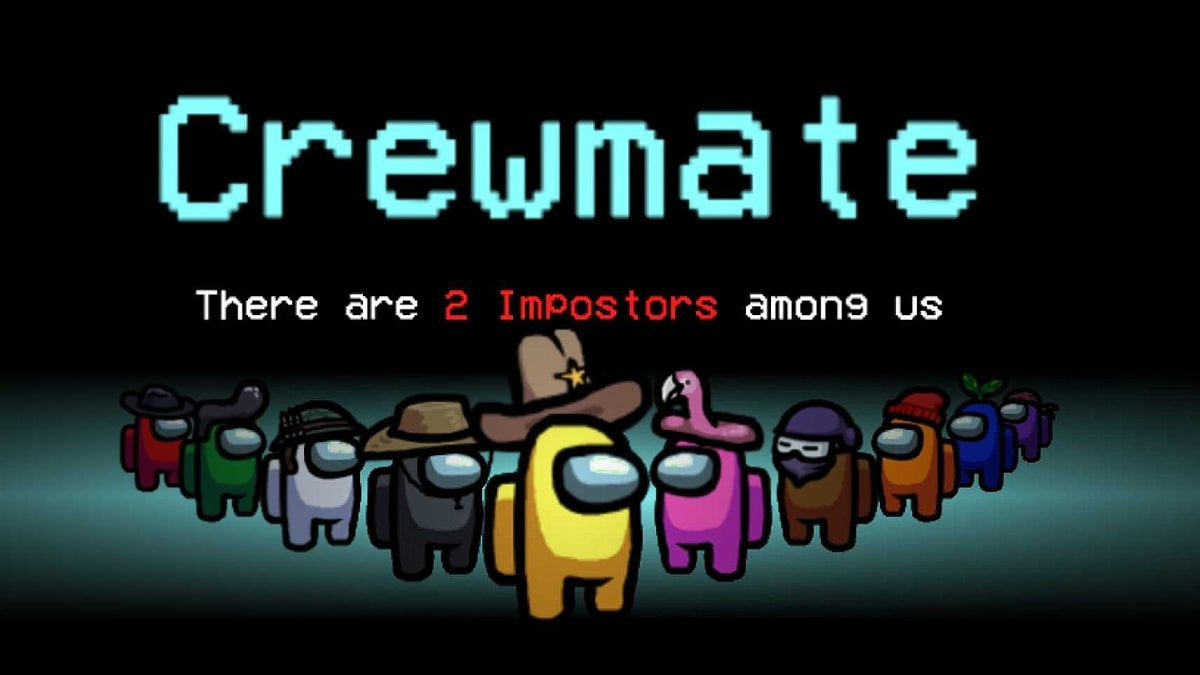
In “Among Us,” players are assigned one of two roles: Crewmate (given to the majority of players in a round) and Imposter (usually between 1-3 players, depending on the game). Rounds are of variable length; the duration is affected by personalized settings chosen by the host as well as the play speed and effectiveness of the players. But while some games can demand your attention for hours at a time, rounds of “Among Us” tend to be relatively short, quick, and easy. Crewmates bustle around the ship, attempting to complete their tasks and win. Imposters attempt to put on the façade of doing the same thing while plotting to kill their non-Imposter crewmates, all while avoiding suspicion (and subsequent ejection) during investigation rounds, which occur every time the body of a Crewmate gets reported.
“Among Us” is a delight to play in groups of friends; plenty of players enter group calls — such as through Zoom or Discord — so that they can verbally debate the investigation/voting phases of the game. There’s something delightful about working together with your friends to piece together the available evidence and puzzle out the identity of the most likely culprit (or culprits). Equally so, the thrill of pulling off a successful deception when playing as the Imposter — or the hilarity of doing a bad job and getting caught easily — helps make “Among Us” a lighthearted activity to participate in with friends and family.
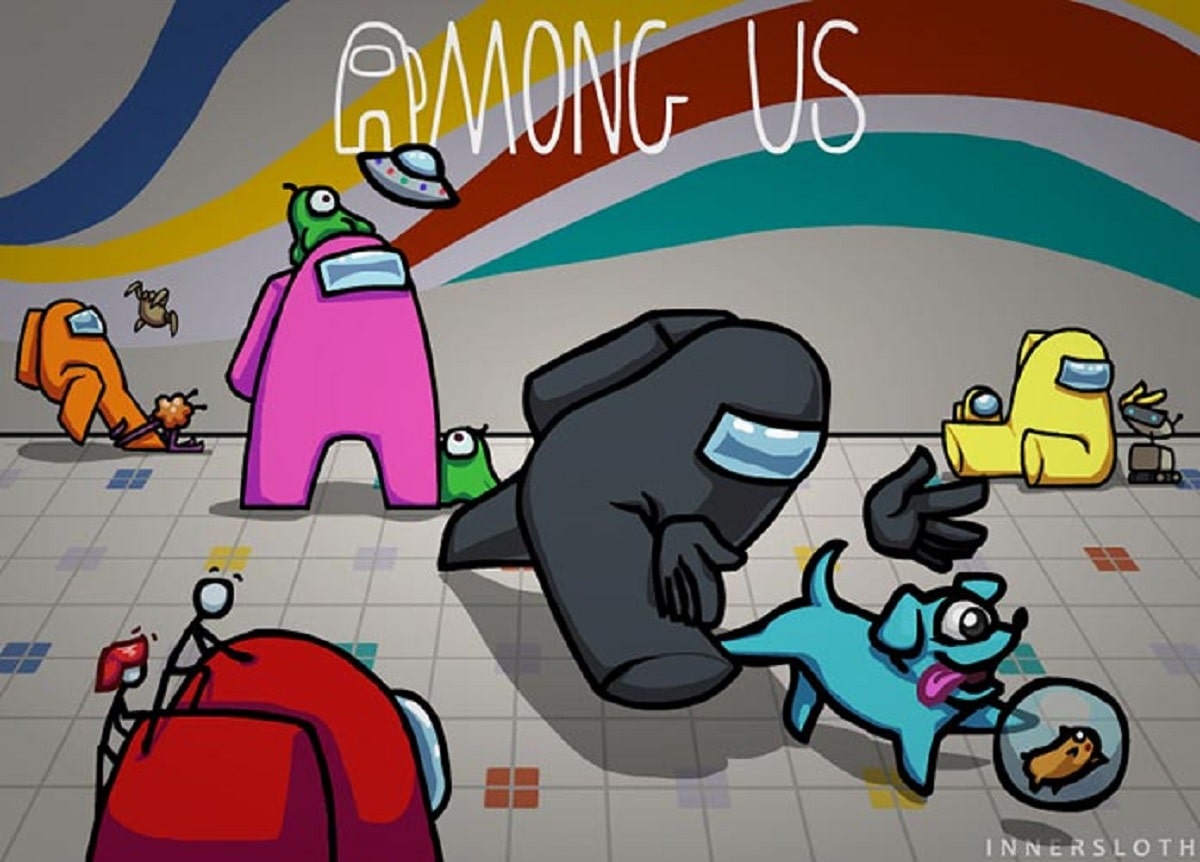
The game also features an online multiplayer mode for those whose friends and familial groups aren’t big on games or who just want to play a few quick rounds without the hassle of coordinating a scheduled time for a large group to play. The online multiplayer can be hit-or-miss. Getting matched up with strangers for a game can lead to awkward, uncomfortable interactions. Still, it also can be the gateway to surprising and fun interactions with strangers that might not have otherwise occurred.
The Story-Driven Challenge Of “Hades“
“Hades” is significantly different from both of the previous examples. Unlike “Animal Crossing: New Horizons” and “Among Us,” “Hades” features no real-life social component whatsoever. Instead, “Hades” is a roguelike game in which the player assumes control of the character Zagreus, the son of “Hades” and prince of the Underworld, as he attempts to escape from his home and ascend to the surface world. To do so, he has to battle through chambers filled with Underworld souls and creatures. Along the way, he accepts his extended family’s assistance, the Olympian gods, which is granted in the form of “boons” that give Zagreus unique abilities.
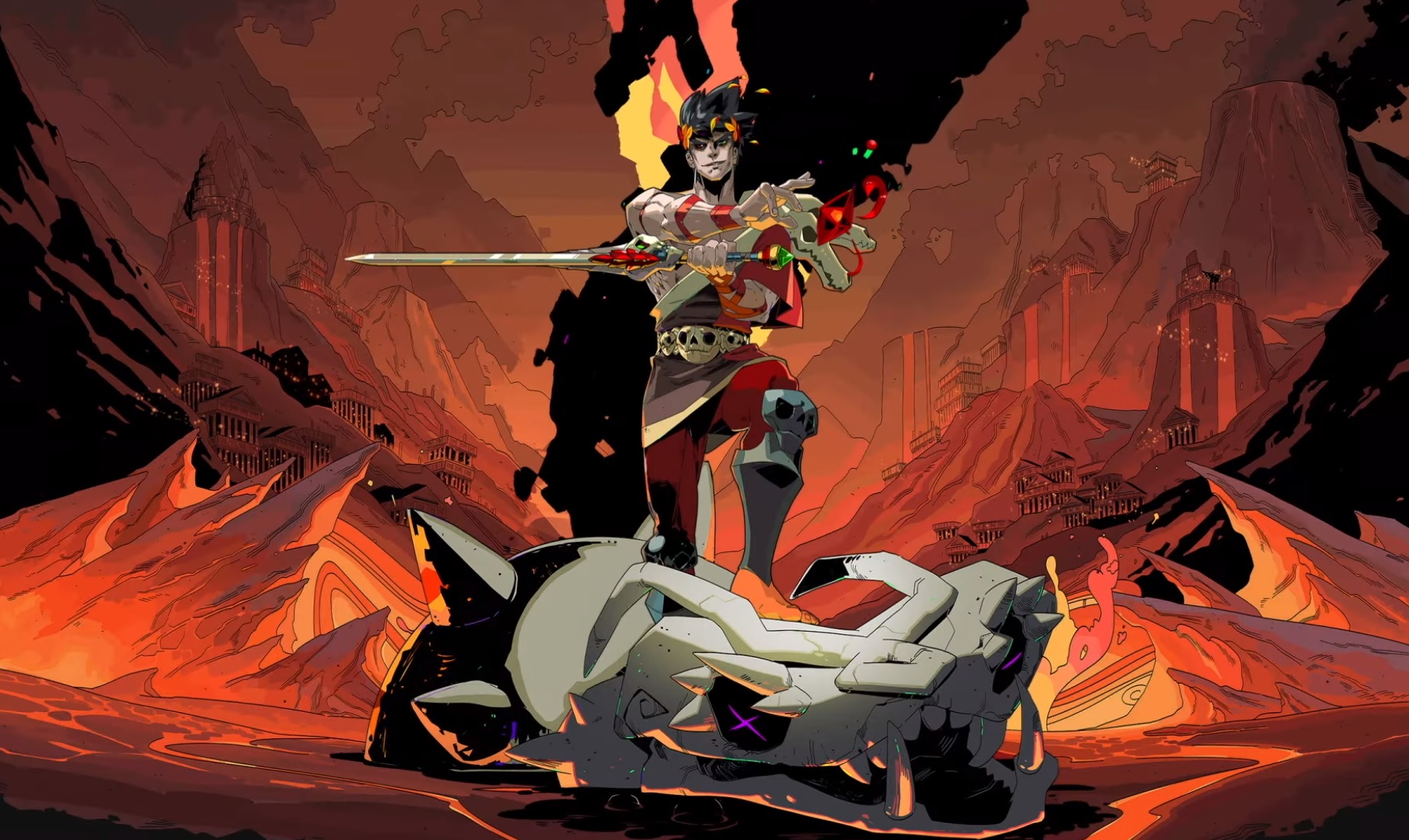
“Hades” has been praised for its take on the roguelike genre, which seems to have drawn in even those who normally dislike it. The game delicately interweaves its mechanics into its overarching narrative, and Zagreus’ aim of making it to the surface and searching for his long-lost mother provides a fascinating in-universe justification for the multiple runs necessary to complete the game. Aside from the steep difficulty curve (though the game’s God Mode allows for an easier, more story-driven experience), multiple run-throughs are needed to get at the rich narrative beneath the fighting-based gameplay.
While “Animal Crossing: New Horizons” and “Among Us” are not particularly story-driven, the beating heart of Hades — even over the smooth, polished gameplay — is its character relationships and story. Many questions are dangled in front of the player from the start: Why did Zagreus’ mother leave the Underworld? Why is Hades so insistent that Zagreus remain in the Underworld rather than go find her? Is Cerberus a good boy? (I’m just kidding. Of course, he is!)
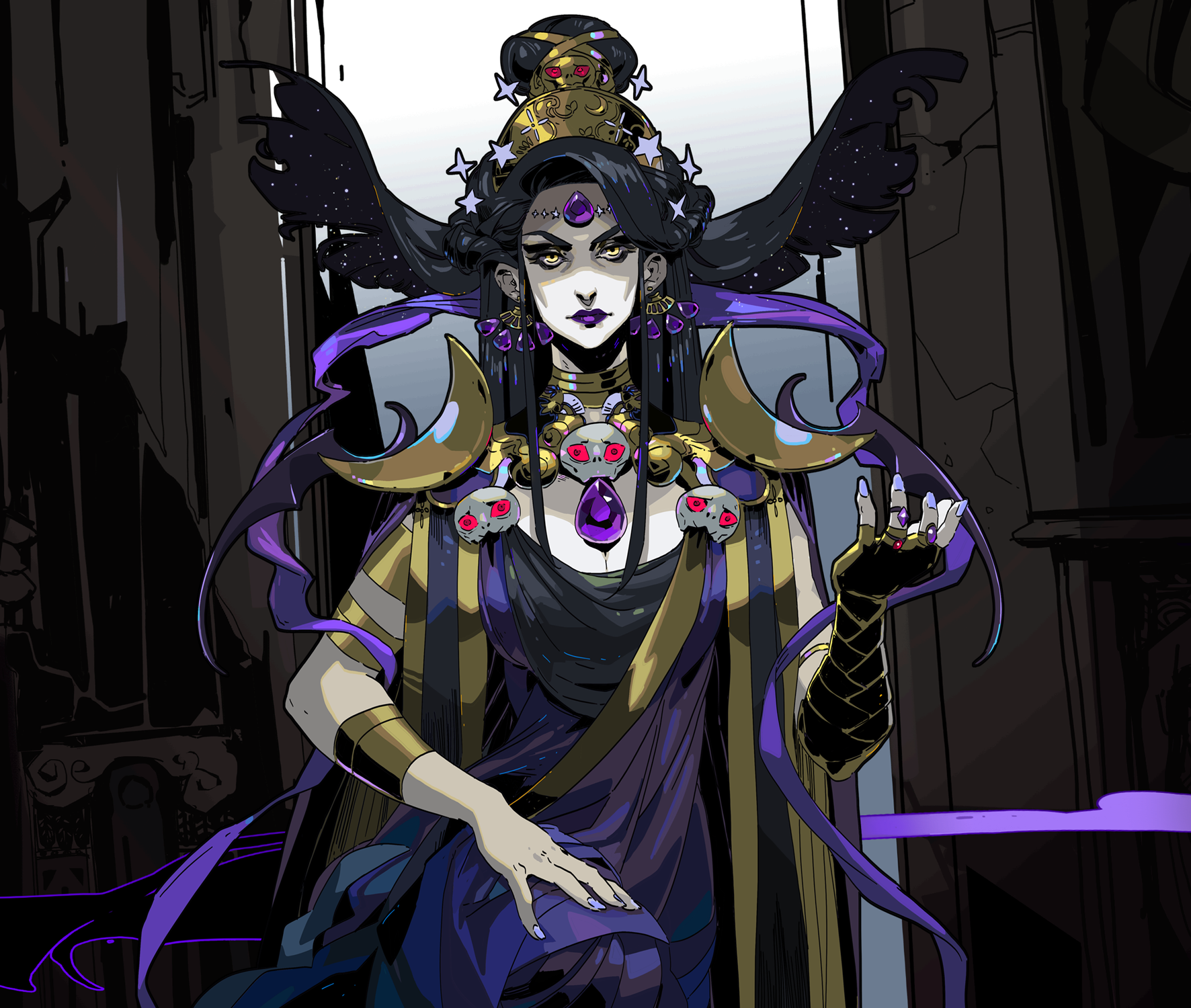
Through gifts and repeated interactions, Zagreus — and through him, the player — can bond with the wide cast of characters in “Hades”. The formation of these relationships helps the player gain a deeper insight into these characters’ personalities, can advance the main plot, and opens the door for Zagreus to help his friends by lifting punishments and reuniting loved ones kept apart by death. “Hades” is a well-designed and beautifully animated game, but it is made enthralling by its compelling story and rich cast.
The Draw Of Escapism And Socialization
“Animal Crossing: New Horizons,” “Among Us,” and “Hades,” when taken all together, encompass a wide array of games. In another year, the connection between them might not be very apparent at all. It is also entirely possible that all these games — from “Animal Crossing” to “Among Us” — would have been just as popular if the pandemic had never struck.
But the draw of these games seems to strike a special chord this year. The peace and simplicity of “Animal Crossing” is uniquely comforting when the outside world is dealing with a variety of complicated and often scary problems. Its online visiting mechanic feels a little like a chance to drop by a friend’s place during a time when doing such a thing in-person is unsafe. Among Us offers a chance to gather with friends, strangers, or both, and play a game predicated on suspicion, deduction, and having fun with people in groups — all at a safe distance because there’s no need to be in the same room or building to play. “Hades,” in turn, provides escapism predicated in a riveting narrative. Like “Animal Crossing,” “Hades” gives its players NPCs to bond with, though the characters of “Hades” are admittedly more developed. The ability to get to know, bond with (including potentially romancing), and help the characters in “Hades” grounds the game in a sense of connection and emotional investment.
That’s why these games work now more than ever. There have been more games than these three that took off during the pandemic. Together, though, these games arguably encapsulate the root of what has made so many games so enrapturing during this time. The escapism and chance for socialization — real or emulated — that they provide can be a source of comfort in difficult times. When it’s all-too-easy to feel alone, they help us remember that we aren’t.
